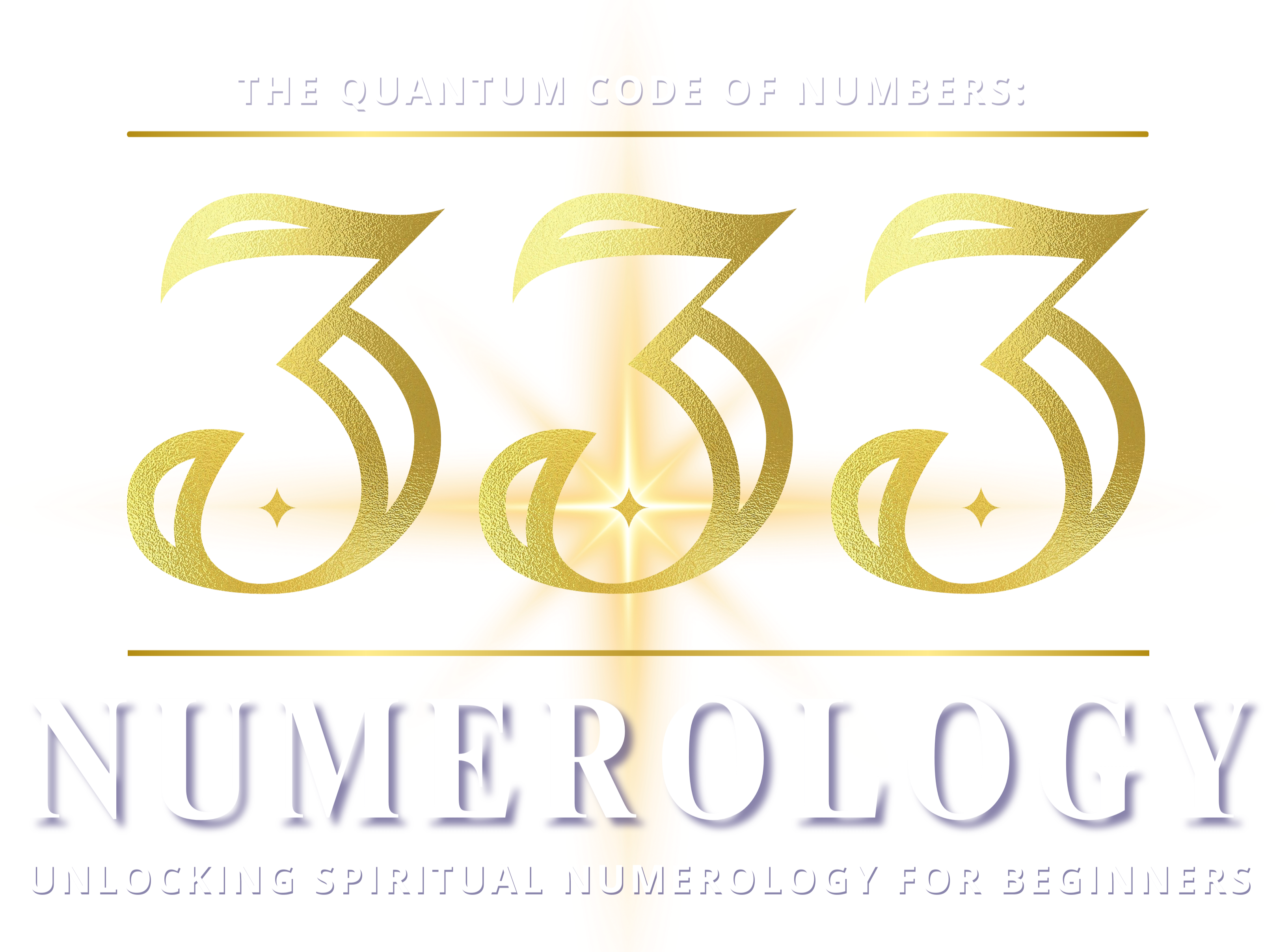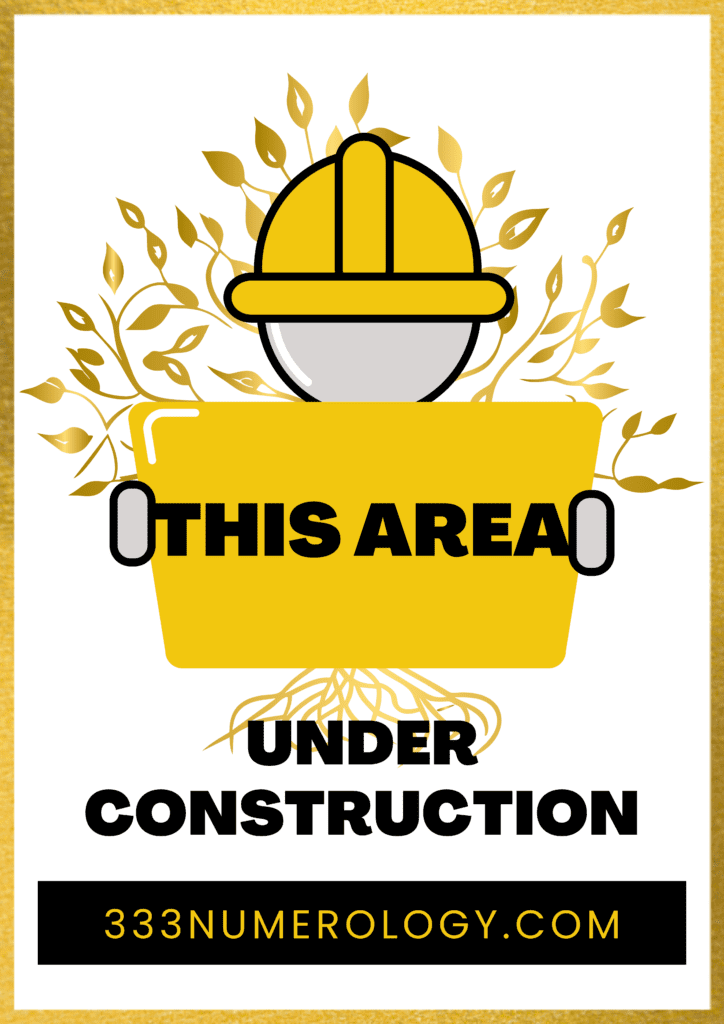The Enigma of Consciousness: Exploring Spiritual and Quantum Perspectives
Consciousness is one of the most profound mysteries of existence, often regarded as the core of human identity and experience. It is the aspect of our minds that allows us to be aware of our surroundings, thoughts, and feelings, shaping how we interpret reality itself. Despite centuries of philosophical debate and decades of scientific inquiry, the question of what consciousness truly is remains largely unanswered. This article explores consciousness from both spiritual and quantum mechanics perspectives, delving into leading theories, the limitations of our current understanding, and the intriguing relationship between consciousness and intelligence.
Understanding Consciousness: What Is It?
At its most basic, consciousness can be defined as the state of being aware of and able to think about one’s own existence, thoughts, and environment. In more complex terms, it involves subjective experiences, a sense of self, and the ability to perceive and react to one’s surroundings. Consciousness is commonly broken down into different states, including wakefulness, attention, and self-awareness. Yet, despite its familiarity, science has struggled to pinpoint a universally accepted definition or underlying mechanism for consciousness (Chalmers, 1995).
Consciousness is often explored in three main categories:
- Phenomenal Consciousness: The subjective experience of being (e.g., the feeling of warmth, the color red).
- Access Consciousness: The aspects of experience that are accessible to thoughts, decisions, and behaviors.
- Self-Consciousness: The awareness of oneself as an individual, distinct from others and the environment.

Leading Theories of Consciousness
The study of consciousness is interdisciplinary, with contributions from neuroscience, psychology, philosophy, and physics. Theories on consciousness vary widely, each attempting to answer questions about its origins and nature.
- Integrated Information Theory (IIT): Proposed by neuroscientist Giulio Tononi, IIT suggests that consciousness arises from systems that integrate information in a way that creates a unified experience (Tononi, 2004). According to this theory, consciousness can be measured based on a quantity called “phi,” representing the level of information integration within a system. IIT posits that all systems with high phi, even non-biological ones, could potentially possess some form of consciousness.
- Global Workspace Theory (GWT): Cognitive scientist Bernard Baars developed GWT, which explains consciousness as a “global workspace” where information is broadcast across various parts of the brain (Baars, 1988). In this model, consciousness is seen as the result of information being shared and processed by multiple brain networks simultaneously, akin to a stage where the most relevant data for decision-making is brought to attention.
- Quantum Consciousness Theory: One of the more controversial theories is the idea that consciousness is related to quantum processes. Physicist Roger Penrose and anesthesiologist Stuart Hameroff proposed that consciousness arises from quantum processes within microtubules in brain neurons (Penrose & Hameroff, 1996). This “Orchestrated Objective Reduction” (Orch-OR) theory suggests that consciousness emerges from quantum activities that take place at the cellular level, implying that our awareness could be fundamentally tied to quantum phenomena.
- Higher-Order Theory (HOT): Higher-order theories suggest that consciousness is a result of a secondary, higher-order thought about a primary mental state (Lau & Rosenthal, 2011). In this model, a thought becomes conscious when there is another mental process thinking about or reflecting upon it. This idea aligns with the concept of metacognition or thinking about one’s own thoughts.
Quantum Mechanics and Consciousness
Quantum mechanics, the branch of physics that deals with the behavior of particles at the smallest scales, has inspired several theories about consciousness. Quantum mechanics reveals that particles exist in multiple states simultaneously, a phenomenon known as “superposition,” and only “collapse” into one state upon observation (Heisenberg, 1927). This principle has led some theorists to suggest that consciousness might play a role in this collapse, perhaps acting as the observer that determines reality itself.
The observer effect in quantum mechanics suggests that the act of measurement or observation influences the outcome of a quantum event. Some theorists argue that this implies a fundamental connection between consciousness and the physical world. Physicist Eugene Wigner, for example, proposed that consciousness is required to collapse quantum states, meaning that reality might be directly influenced by conscious minds (Wigner, 1961). While these ideas remain speculative, they propose that consciousness and reality are intertwined at the quantum level.
Additionally, quantum entanglement—the phenomenon where particles become interconnected and affect each other regardless of distance—hints at a form of non-locality that some believe could be involved in consciousness (Bell, 1964). If consciousness can indeed operate in a similar non-local manner, it could suggest that individual minds are interconnected or that consciousness is not confined to physical brains.

Some theorists argue that higher levels of consciousness could correlate with a greater ability to access, interpret, and influence information at the quantum level (like intuitive abilities and much more, in my opinion), though this remains speculative.
The Limits of Understanding Consciousness
The so-called “hard problem of consciousness,” a term coined by philosopher David Chalmers, refers to the challenge of explaining how subjective experiences arise from physical processes in the brain (Chalmers, 1995). While science has made strides in understanding the neural correlates of consciousness, such as the brain regions activated during different mental states, the underlying mechanism that creates subjective experience remains elusive.
One reason for this difficulty is the divide between objective and subjective reality. Science traditionally relies on objective measurements, while consciousness is a deeply subjective phenomenon. This makes consciousness difficult to study with conventional scientific methods. Furthermore, even leading theories like IIT or GWT lack a clear mechanism that would explain how neurons firing in specific patterns could create an internal experience of “being.”
The field of quantum mechanics, with its own unresolved paradoxes and mysteries, offers parallels to consciousness that are compelling yet hard to prove. The observer effect and the mysterious nature of superposition provide intriguing possibilities, but no conclusive link between consciousness and quantum mechanics has been scientifically established (yet… Maybe 333 Numerology will do it). For now, consciousness remains one of the most profound frontiers in both science and philosophy.
Consciousness and Intelligence: The Link Between Awareness and Cognition
A notable correlation exists between the depth of consciousness in an organism and its apparent intelligence. Higher levels of consciousness seem to allow for more complex forms of intelligence, including problem-solving, social interaction, and abstract thought. Studies in neuroscience suggest that as consciousness becomes more sophisticated, so does an organism’s capacity for cognitive functions (Dehaene, 2014).
From a quantum perspective, a more conscious being could potentially engage with the quantum field in more nuanced ways. Some theorists argue that higher levels of consciousness could correlate with a greater ability to access, interpret, and influence information at the quantum level (like intuitive abilities and much more, in my opinion), though this remains speculative (Penrose, 1994). Spiritual traditions also align with this idea, often equating higher states of consciousness with wisdom, compassion, and understanding, qualities associated with greater intelligence.
In spiritual teachings, elevated consciousness is often seen as a path to enlightenment, in which the individual becomes more aware of interconnectedness and gains insight into the nature of reality. This increase in consciousness is thought to enhance intelligence, allowing the individual to grasp complex, universal truths that transcend ordinary understanding. According to this view, intelligence is not just the ability to solve problems but to perceive deeper truths about existence.
Conclusion: Consciousness as the Ultimate Mystery
Consciousness remains an enigma, straddling the boundaries between spirituality and science, subjective experience and objective measurement. Leading theories like IIT, GWT, and Orch-OR attempt to explain its origins, while quantum mechanics raises intriguing possibilities about its role in shaping reality. The idea that consciousness could affect the material world, as suggested by the observer effect and non-locality, brings a new dimension to our understanding.
The correlation between consciousness and intelligence suggests that as beings grow more aware, they also become more adept at understanding and interacting with the world. While our understanding of consciousness is still limited, its mysteries invite us to explore the intersection of science and spirituality. Whether consciousness ultimately arises from neural networks, quantum processes, or a higher spiritual dimension, it continues to be a profound and fundamental aspect of existence that challenges and inspires human understanding.
Works Cited
- Baars, B. J. (1988). A Cognitive Theory of Consciousness. Cambridge University Press.
- Bell, J. S. (1964). “On the Einstein Podolsky Rosen Paradox.” Physics Physique Физика, vol. 1, no. 3, pp. 195–200.
- Chalmers, D. (1995). “Facing Up to the Problem of Consciousness.” Journal of Consciousness Studies, vol. 2, no. 3, pp. 200–219.
- Dehaene, S. (2014). Consciousness and the Brain: Deciphering How the Brain Codes Our Thoughts. Viking.
- Heisenberg, W. (1927). “Über den anschaulichen Inhalt der quantentheoretischen Kinematik und Mechanik.” Zeitschrift für Physik, vol. 43, no. 3–4, pp. 172–198.
- Lau, H., & Rosenthal, D. (2011). “Empirical Support for Higher-Order Theories of Conscious Awareness.” Trends in Cognitive Sciences, vol. 15, no. 8, pp. 365–373.
- Penrose, R. (1994). Shadows of the Mind: A Search for the Missing Science of Consciousness. Oxford University Press.
- Penrose, R., & Hameroff, S. (1996). “Orchestrated Reduction of Quantum Coherence in Brain Microtubules: A Model for Consciousness.” Mathematics and Computers in Simulation, vol. 40, no. 3–4, pp. 453–480.
- Tononi, G. (2004). “An Information Integration Theory of Consciousness.” BMC Neuroscience, vol. 5, article 42.






